Travel Tips
Written by Joseph Cameron
The Kruger National Park has been the African epicenter of opportune meetings between photographers and wildlife since it was named a national park in South Africa in the year 1926. The number of visitors per year has been growing exponentially since 1926, to the point where the park now averages close to 1.7 million visitors per year. This park, located in Northern South Africa as well as South Western Mozambique (making it a transfrontier park) and bordering Zimbabwe, has played host to many such encounters between adored subject and privileged photographer.
Adrian Wright: It really depends what you would like to photograph. I’ve been to the Kruger at different times in the year and each season presents something quite unique and spectacular. January through March is great for lush green scenery, migratory birdlife, and impressive thunderstorms. April to July is usually still quite green, with cooler temperatures and great sightings. Most wildlife photographers would however prefer to be in the park between September and November, before the first rains arrive. The bush is very dry during this time and the sparse vegetation combined with a lack of general water means that wildlife is much more condensed around the major bodies of water and sightings of big cats and other predators are far more common.
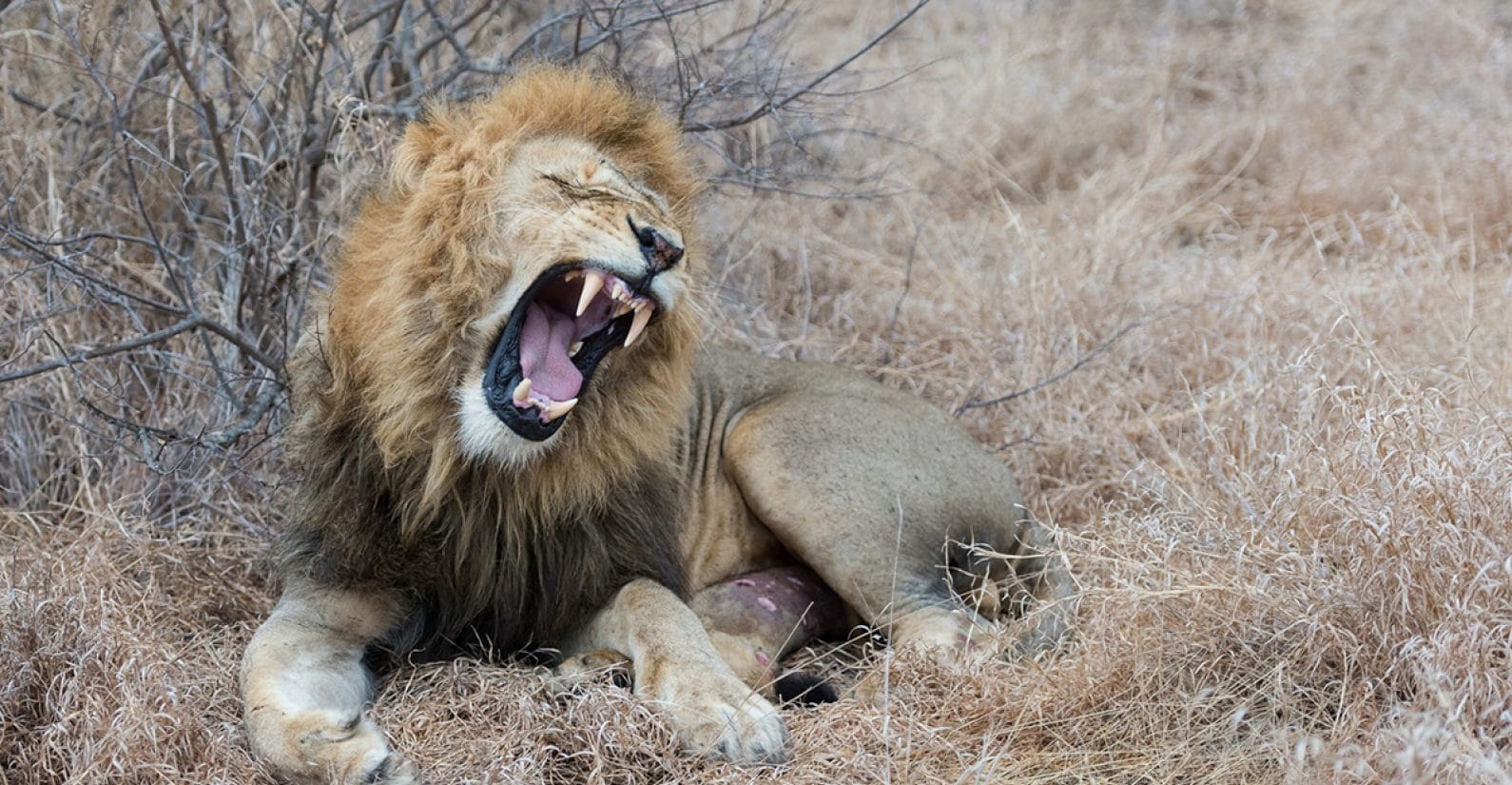
Adrian Wright: This is a tough one to answer, because there have been so many good ones, but probably the hyena kill we witnessed near Skukuza. It was tough to photograph because of the high pace, fading light, and dense bush in the area, but is a sighting I’ll never forget.
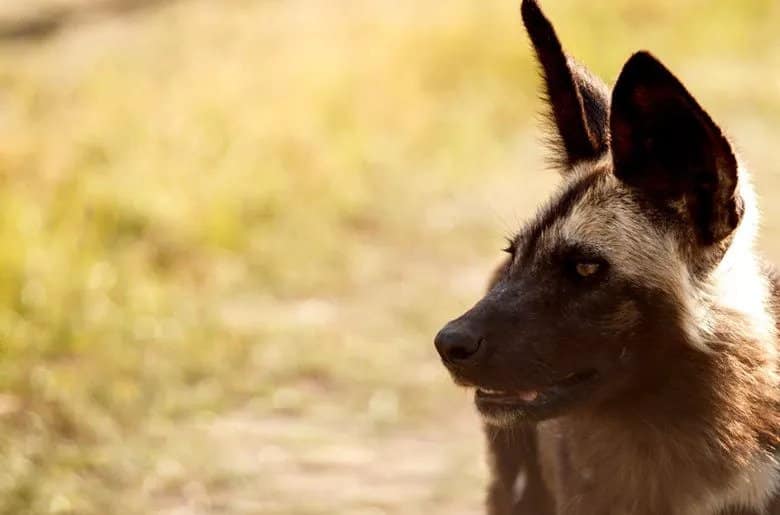
Adrian Wright: Both can produce equally good photography. The main difference is that on a Sunset Drive you have amazing light for about an hour and a half before you have to photograph in the dark (with spotlights), whereas Sunrise Drives, start in darkness and then you’ll have about two hours or more of sunlight. So technically Sunrise Drives would be best, however some of my best photos have come from that time just before and just after sunset.
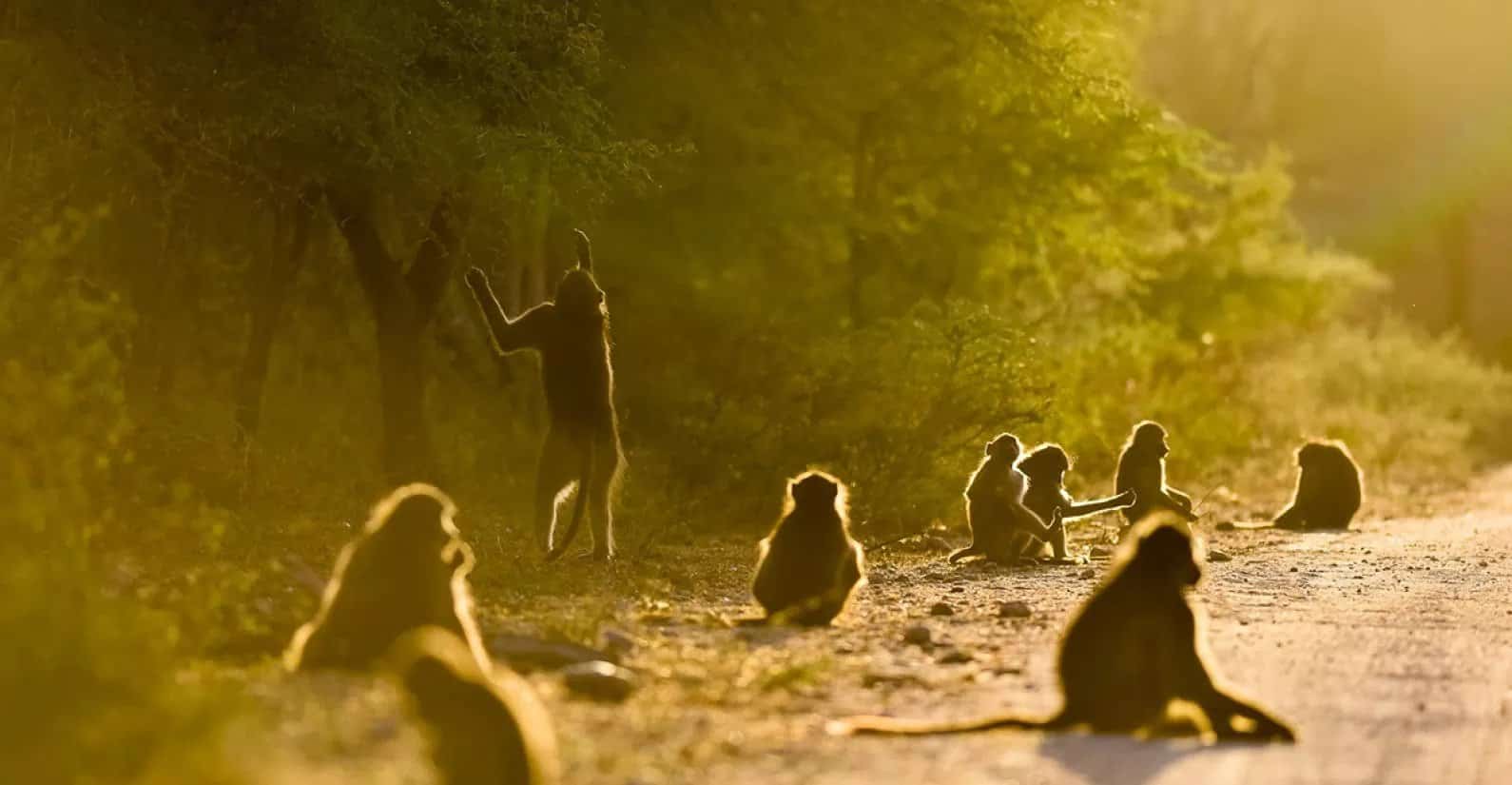
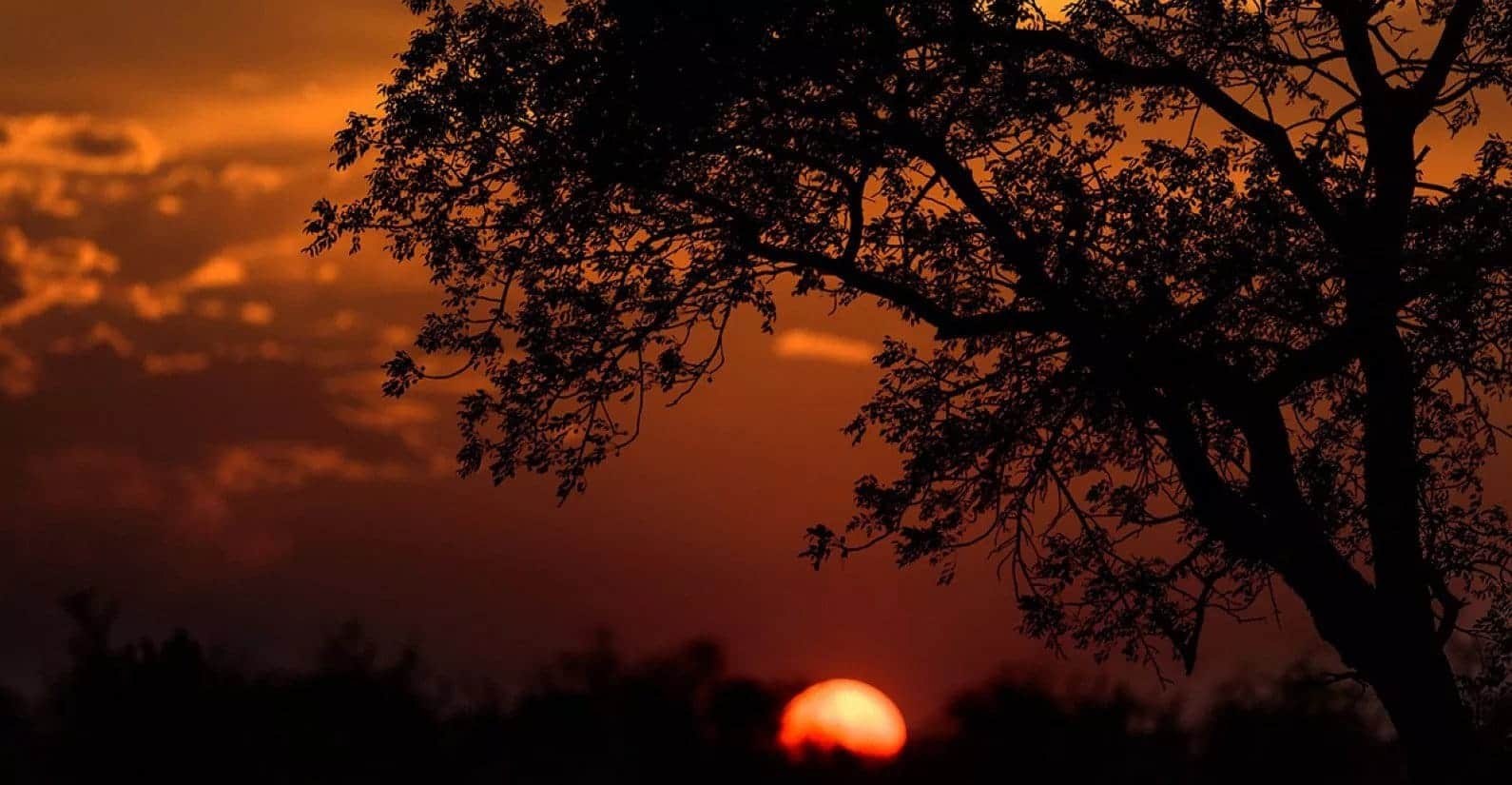
Adrian Wright: Personally I shoot with Nikon. I love the way Nikon DSLRs process light and colour. However, the market is so competitive now that almost any leading camera brand is going to produce world class images. In wildlife photography you’re shooting almost exclusively with natural light in varying conditions and at different distances which make it quite challenging compared to a studio setup with pre-arranged lighting.
Wildlife photography is also all about the action and capturing those unique moments of interaction or behaviour or a unique set of elements that make nature so awe-inspiring which is part of the fun. For this reason, I have found speed (frames per second), low-light performance (Low Noise at High ISO), and Image Quality (IQ) to be the most important factors. In getting these, the lens you use makes a much bigger difference than the camera body. For beginners a great setup would be something like a Nikon D7200 or Canon 7D with a 70-300mm f3.5 -5.6 lens. Intermediates or serious hobbyists would probably want to go full frame and look at something in the region of a Nikon D750 or Canon 7D with a 70-200 f2.8 and 1.4x converter or Nikon 200 – 500 f5.6 or Canon 100-400 f4.5 -5.6 or even the Sigma 150 – 600 f5 – 6.3.
Finally the experts would probably opt for prime lenses (one focal length i.e. can’t zoom in or out) at around 300 or 400 f2.8 or 500 f4. These lenses are big, fast, and sharp. The pro-level DSLR bodies would be the Nikon D5 or Canon 1Dx. I usually use my Nikon D750 and 300 f2.8 lens, throwing on a 1.4x converter every now and again for extra distance.
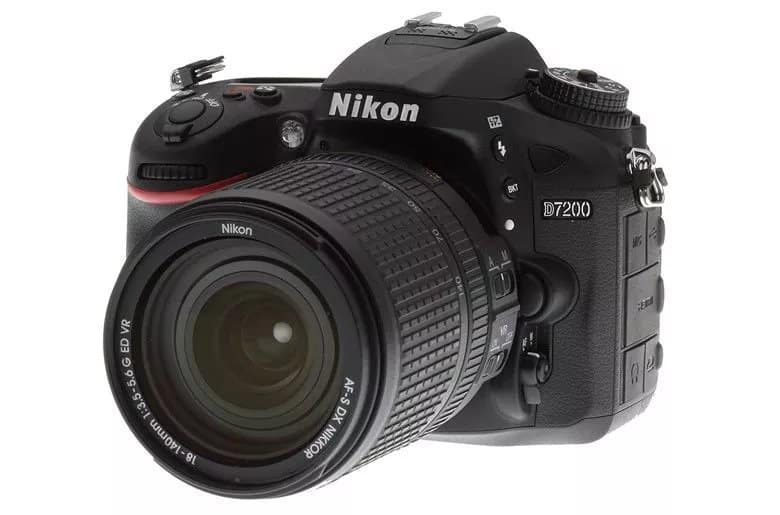
Adrian Wright: Other essential gear that I always have with me in the Kruger (besides for the obvious battery chargers etc.) would be a bean bag camera support which enables you to rest your camera on your car door or window when taking photos (bigger lenses work better with a door bracket and gimbal head), my monopod for game drives, a good torch, solid pair of binoculars, and all my field guides.
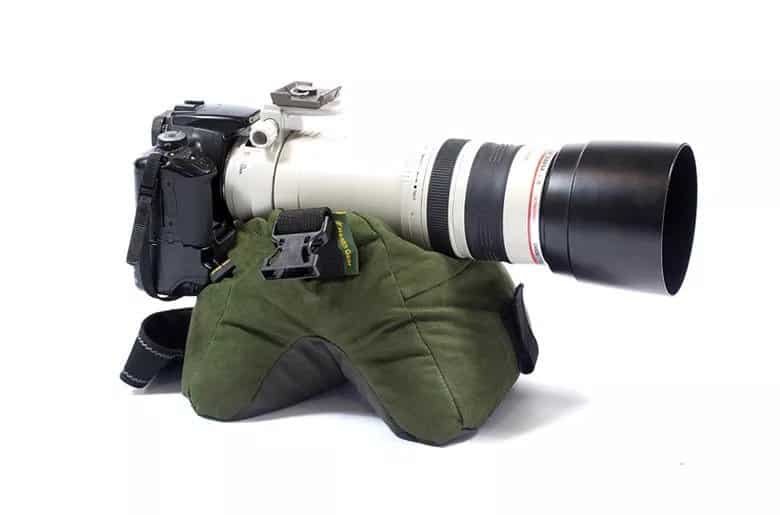
Adrian Wright: Some of my favourite routes include the S100 to S41 to H5 to H1-3 loop near Satara. This round trip almost always produces Big Cat sightings. Another one would be the H10 to S29 loop just north of Lower Sabie. I’ve also had consistently good sightings along the S65 Waterhole Road (between the S1 and H1-1), the H7 between Orpen and Satara, and the H4-2 coming up from Crocodile Bridge.
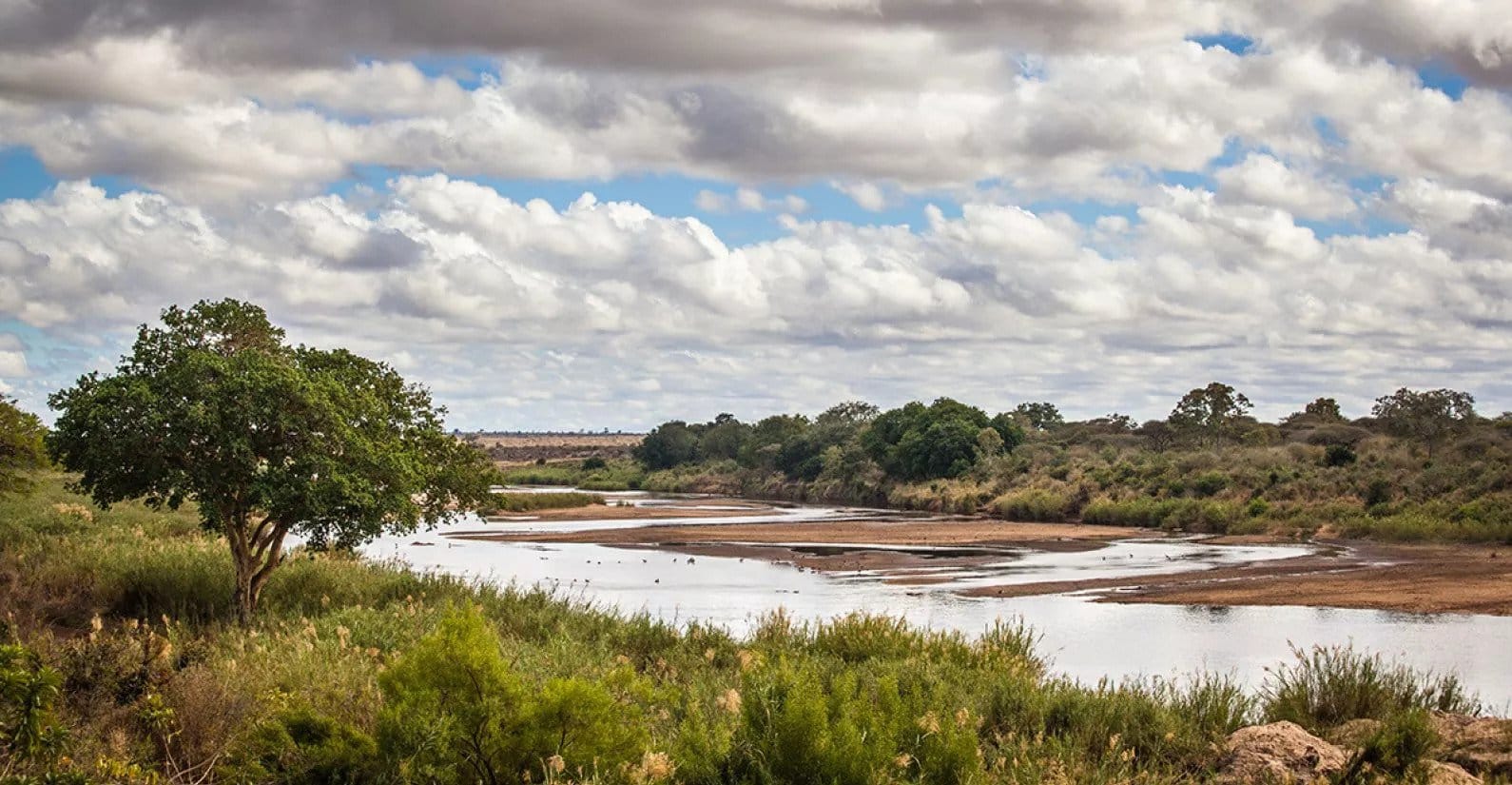
Adrian Wright: Get to know your gear before you go to the bush. I started by spending afternoons at the Botanical Gardens photographing everything I could find. You don’t want to miss the shot (which we’ve all done) in the bush because you were unfamiliar with your camera’s settings.
Get up before sunrise and get out as early as possible. Also, make sure that you’re on the road for the last hour of sunlight before sunset. These two time-periods are often referred to as “golden hour” and offer warm, rich light for wildlife photography. This is also usually the best time to see animals up and about.
Don’t put your camera away after sunset or before sunrise, even though it’s usually quite dark you can actually capture some incredible images in the soft light just before or after sunrise or sunset.
Capture the mood. When you look at a wildlife photograph what you want to see is not just another photo of an animal, but something that stirs the soul. Look to create mood through unique perspectives, lighting and composition.
Include more of the environment. When I started taking photos I just wanted to get closer and closer and then always wondered why my images seemed so one dimensional. Zoom out a little and put the subject in its context to create great wildlife images that draw the viewer into the picture.
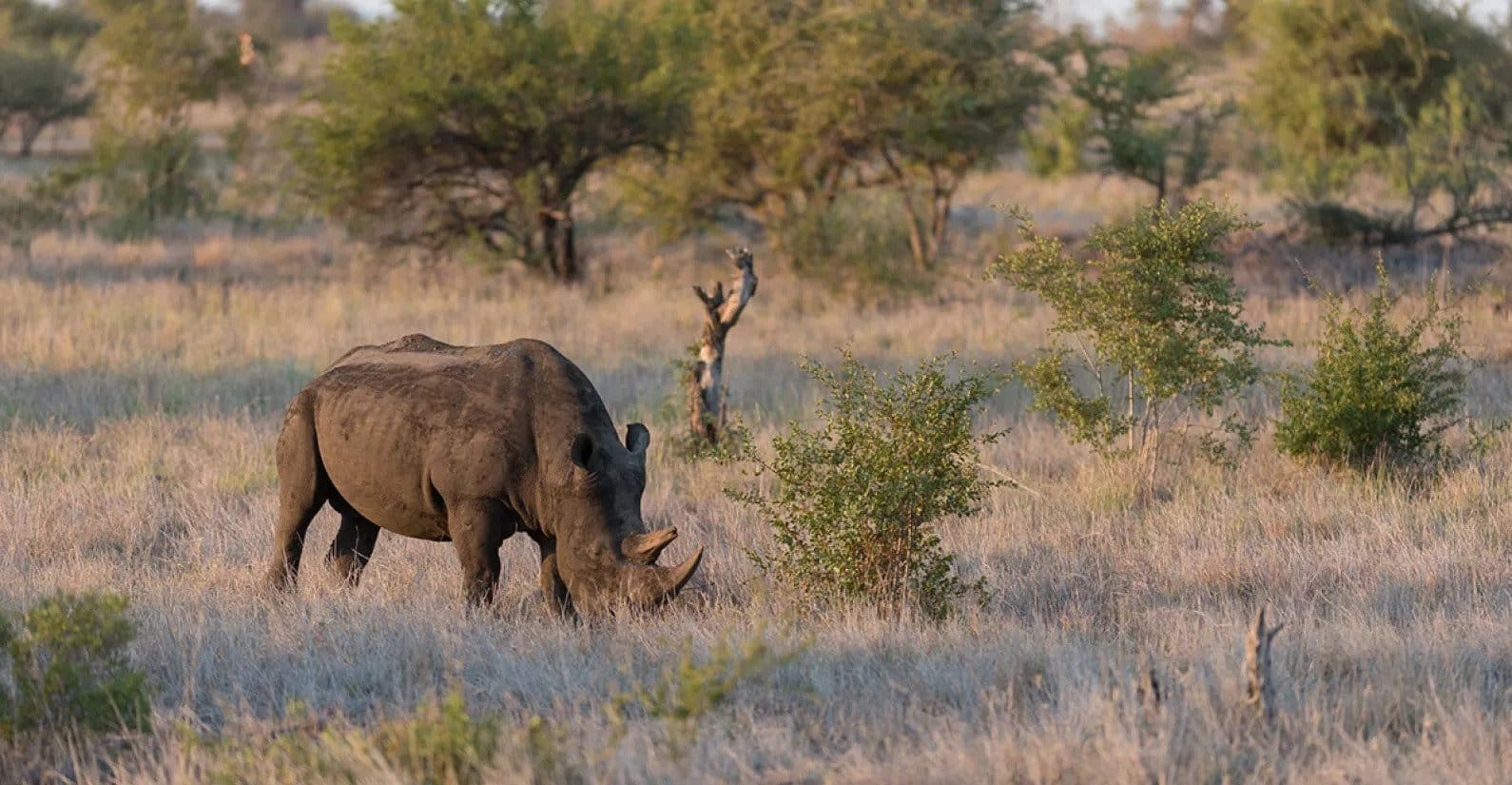
Adrian Wright: My best KNP secrets, although I’m not sure if they’re so secret, would be to get out onto the road first (or second) if you can as there will often still be Lions, Leopards or Hyena on the roads early in the morning. Second would be to sit and wait at waterholes such as Transport Dam or Mantimahle Dam, you often don’t realise how much there is to see until you sit still for a while. On that note, patiently waiting at something like a Leopard Kill with no Leopard in sight might seem like a waste of time but can produce the images of a lifetime. Too often we race off to the “next sighting” and miss the best opportunities. Another secret would be to stop wildlife vehicles and ask them what they’ve seen. These guides are often connected on radio with other vehicles and are aware of sightings that have taken place. I’ve always found them willing to share info. Lastly, have a flask of coffee or some sundowners in the car and take opportunities to either sit still at a beautiful spot or get out at a demarcated area and just take in the beauty of the South African bush. It’s all about the experience.
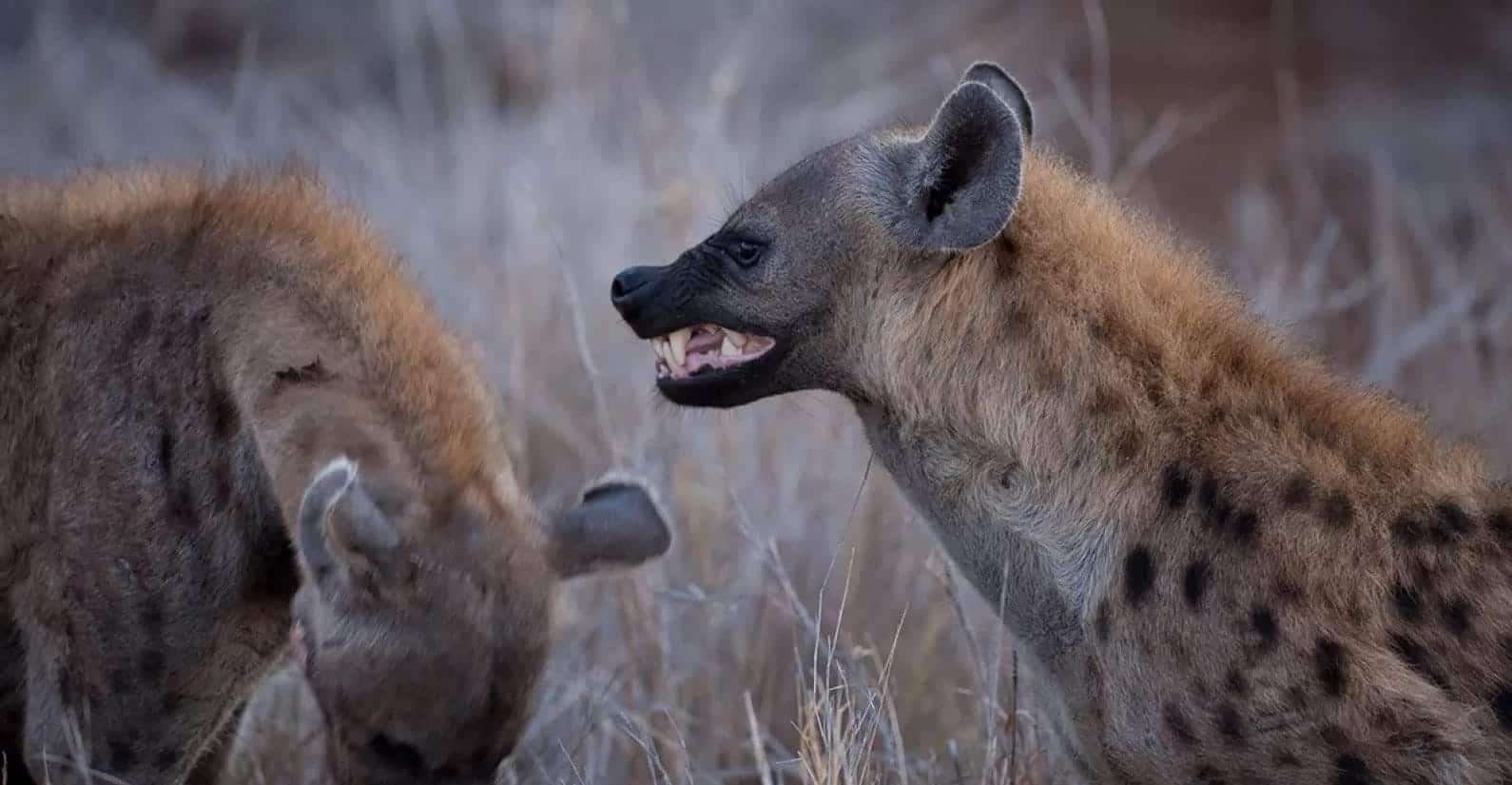
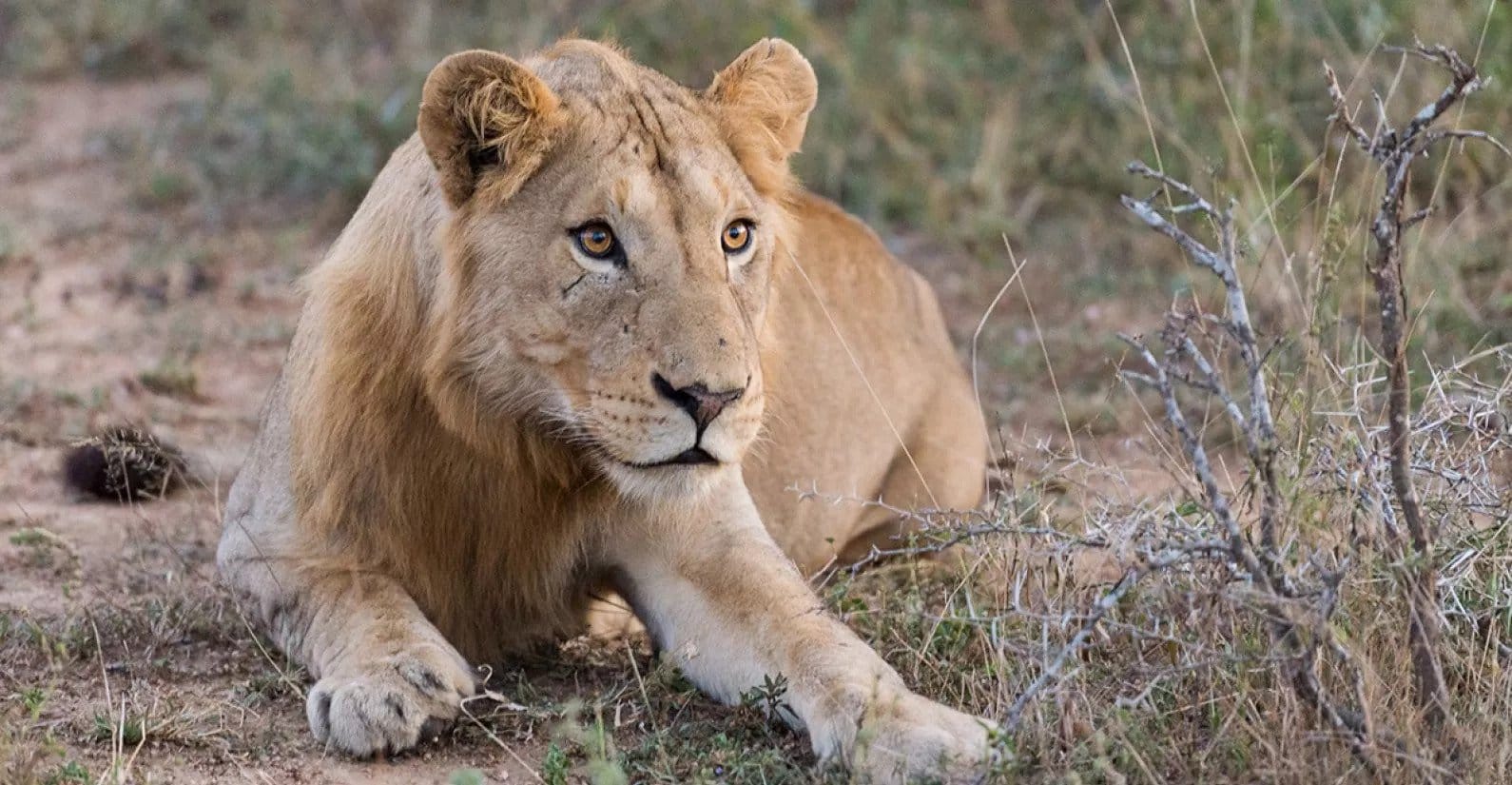
Adrian Wright: One of the best things about the Kruger is the ability to self-drive and get the images you want. I would recommend a personal SUV or sedan (for nice low-angles) for most of your driving and then taking a KNP Game Drive every now and again for the benefit of being out in the park after or before the other cars are allowed into the park.
To see more of Adrian Wright’s photo’s, visit his profile here.
Head office:
7 Bree Street, 6th Floor, Touchstone House, Cape Town, South Africa
+27 (0)21 201 2484
[email protected]
United Kingdom: Sportsman Farm, St Michaels, Tenterden, Kent
Ker & Downey® Africa is compliant with COVID-19 Industry Protocols.


Head office: 7 Bree Street, 6th Floor, Touchstone House, Cape Town, South Africa
+27 (0)21 201 2484
[email protected]
United Kingdom: Sportsman Farm, St Michaels, Tenterden, Kent
Ker & Downey® Africa is compliant with COVID-19 Industry Protocols.